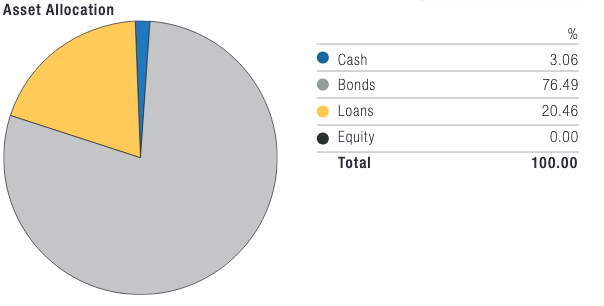U.S. equities rallied in 2019, and then took a dive following the latest U.S.-China trade deal news, but investors are always on the hunt for income–they could find those opportunities in high yield. As such, lower equity returns for the rest of 2019 could translate to more interest in high-yield options like the AdvisorShares Peritus High Yield ETF (NYSEArca: HYLD).
HYLD provides exposure to a high income investment strategy that selects a focused portfolio of high yield securities. Utilizing a value-based, active credit approach to the markets, HYLD primarily focuses on the secondary market where there is less competition and more opportunities for capital gains.
The Portfolio Manager relies on their own fundamental credit analysis with an emphasis on a company’s ability to pay back their debts with free cash flow. HYLD seeks to provide high income and diversification benefits to the income portion of a portfolio.

Per an HYLD monthly letter, “The High Yield ETF (NYSE Arca: HYLD) posted a 0.4% market price return and 1.26% NAV return during the month of April, versus a 1.42% return for the Bloomberg Barclays US Corporate High Yield Index. For the year, HYLD posted a 5.99% market price return and 5.89% NAV return, versus an 8.78% return for the Bloomberg Barclays US Corporate High Yield Index.”
A volatile end to 2018 no doubt elicited a risk-off sentiment that permeated throughout the capital markets, causing high-yield bond funds to experience an aggregate one-month outflow of $1.45 billion, according to data from XTF. However, it appears investors could be turning a corner on high-yield thus far in 2019.
With bond market mavens warning investors of headwinds in the fixed income space like the possibility of inverted yield curve, rising rates and BBB debt sliding out of investment-grade, investors need to be keen on where to look for opportunities.
The tide could turn for high-yield bond ETFs, especially now that the Federal Reserve is sounding more accommodative with respect to interest rate policy. Following the fourth and final rate hike of 2018, the central bank is now taking a more cautious approach with rates, which could lead to static rates through the rest of 2019.
The central bank didn’t show much dynamism in 2018 with respect to monetary policy, obstinately sticking with a rate-hiking measure with four increases in the federal funds rate. That appears to have changed given the current economic landscape, and especially in the capital markets as Fed Chair Jerome Powell is now preaching patience and adaptability.
For more market trends, visit ETF Trends.

